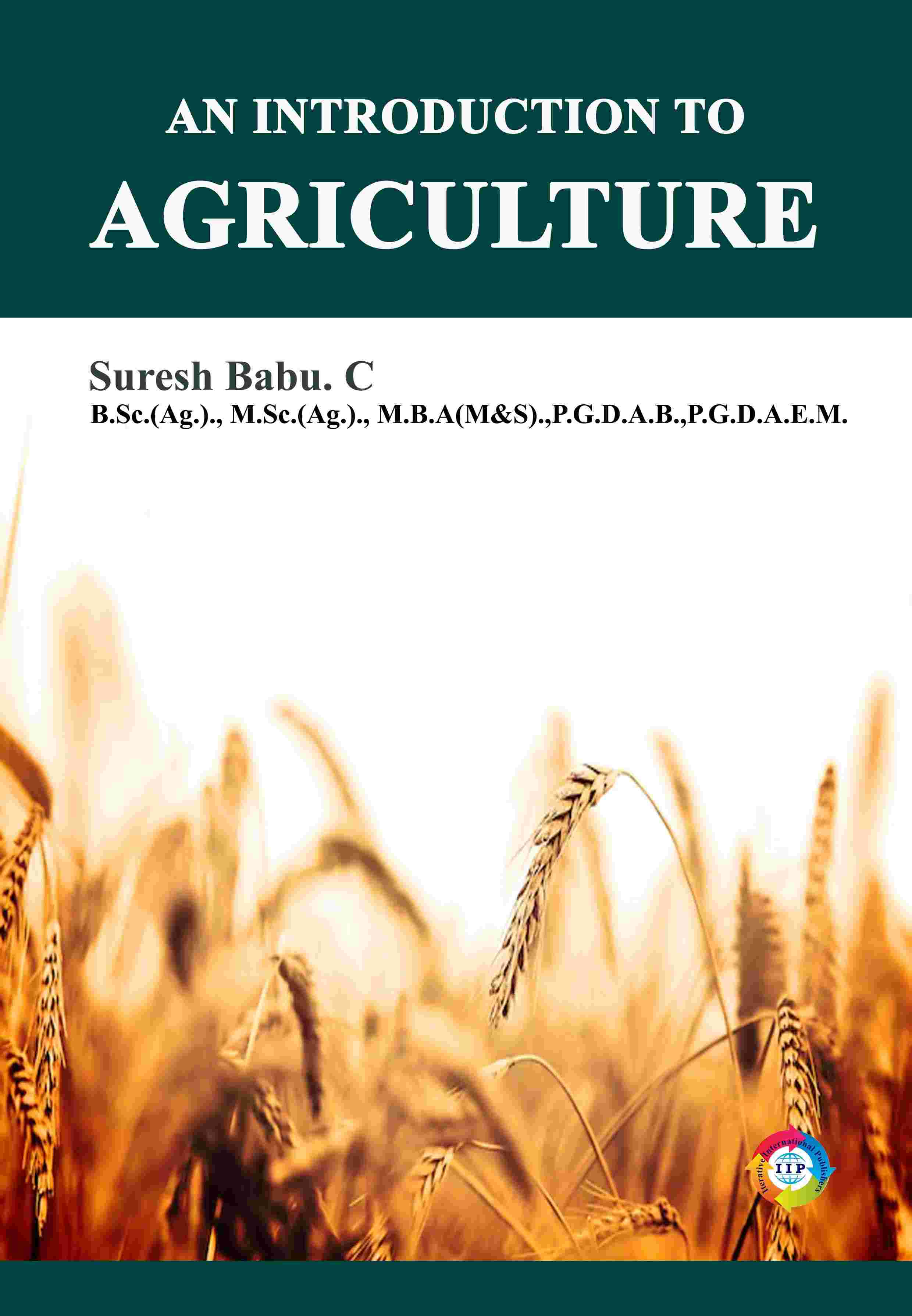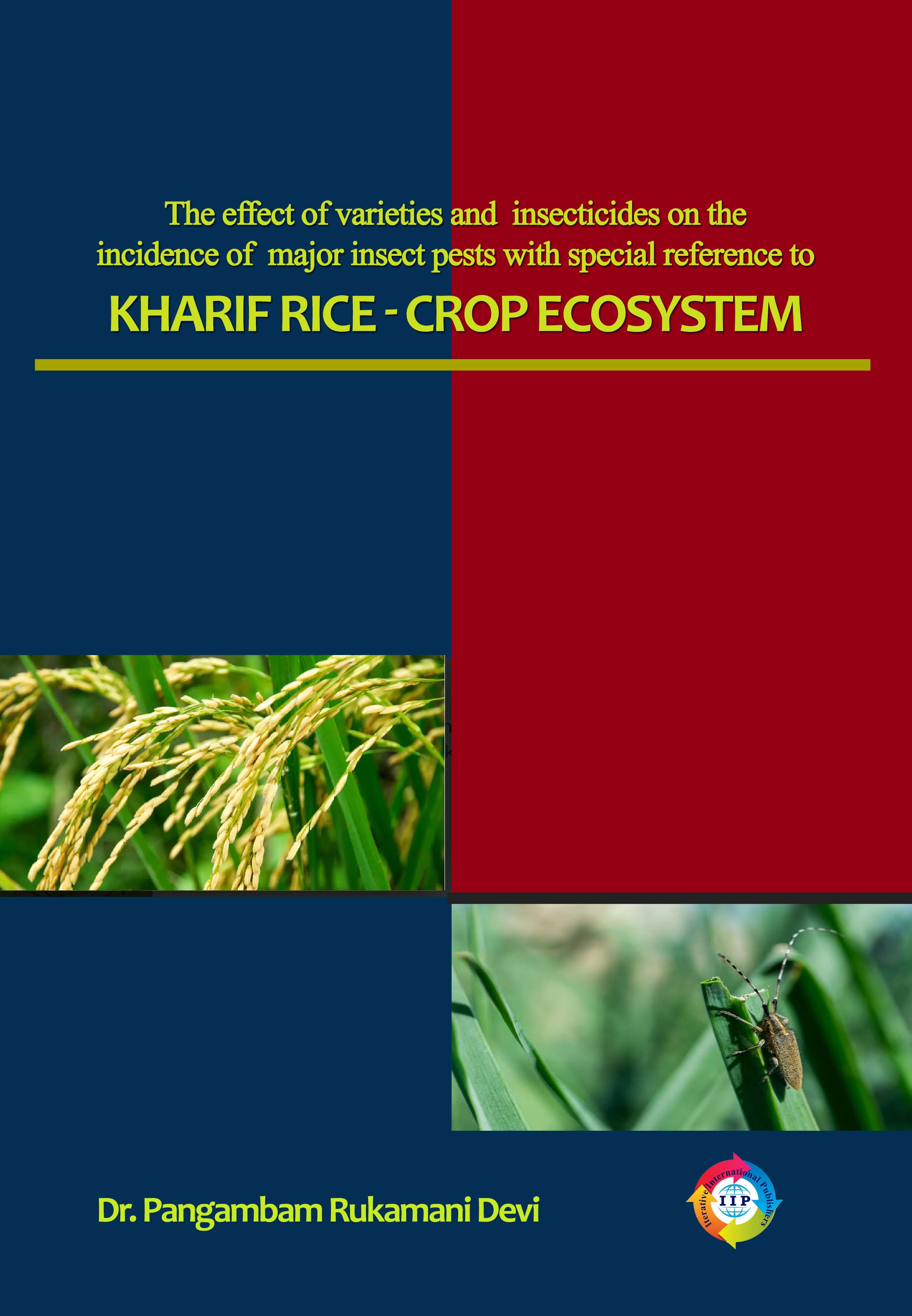
STATUS OF MANGROVE VEGETATION AVIFAUNA DIVERSITY IN NIGERIA
-
TypePrint
- CategoryAcademic
- Sub CategoryPhD Thesis/Thesis
- StreamAgriculture & Food Science
Biological diversity involves genetic, species and ecosystem diversity. Genetic diversity denotes the variation within species in the functional units of heredity present in any plant or animal, microbial or other origin of living things. Species diversity encompasses the variety of species - whether wild or domesticated, within a geographical area. Estimates of the total number of species (defined as a population of organisms which are able to interbreed freely under natural conditions) range from 5 million to 100 million globally; though less than 1.7 million have actually been described. In terms of species number alone, life on earth would appear to consist essentially of insects and microorganisms. Species diversity remains central to the evaluation of diversity at other levels, and is a constant point of reference in biodiversity conservation. Ecosystem diversity refers to the variety of life forms in a given territory or area and the ecological processes that make them function. Ecosystem diversity is often evaluated through measures of the diversity of the component species, the relative abundance of different species as well as consideration of the types of species.
Biodiversity is critical to the maintenance of a healthy environment. Its role in meeting human needs directly while maintaining the ecological process upon which our survival depends is enormous. Biodiversity not only provides direct benefits such as food, medicines, and energy; it also affords us a “life support system.” Biodiversity is required for the recycling of essential elements, such as carbon, oxygen, and nitrogen. It is also responsible for mitigating pollution, protecting watersheds, and combating soil erosion. Because biodiversity acts as a buffer against excessive variations in weather and climate, it protects us from catastrophic events beyond human control. In a fundamental sense, experiencing and increasing our knowledge about biodiversity transforms our values and beliefs. Knowledge about biodiversity is valuable in stimulating technological innovation and providing the framework for sustainable development. Biodiversity and conservation of species is now the burning topic as for sustainability we have conserve the flora and fauna holistically, one of such ecosystem is mangrove ecosystem which caters the diverse flora and fauna.
**Note: IIP Store is the best place to buy books published by Iterative International Publishers. Price at IIP Store is always less than Amazon, Amazon Kindle, and Flipkart.





COMMENTS
No Review found for book with Book title. STATUS OF MANGROVE VEGETATION AVIFAUNA DIVERSITY IN NIGERIA